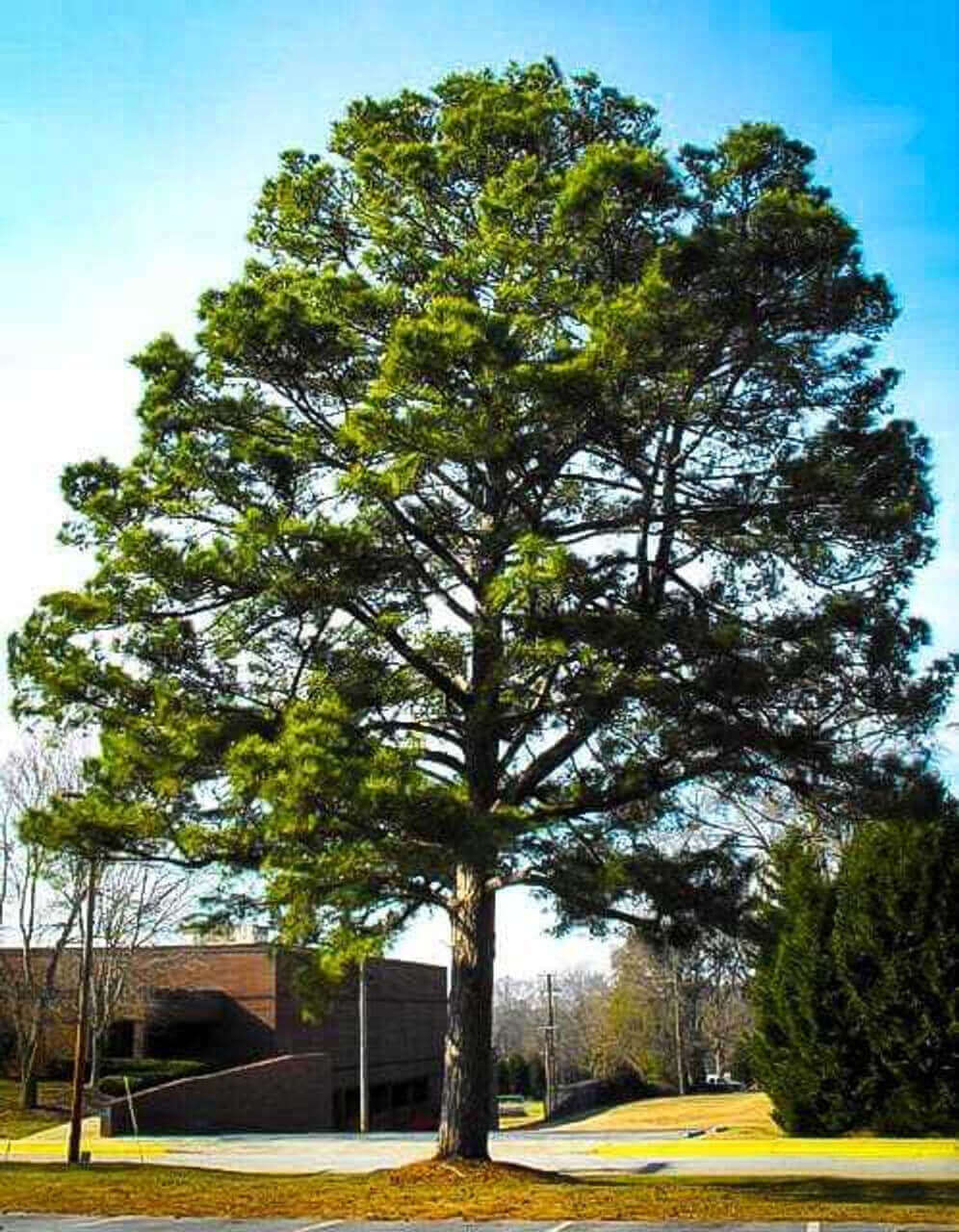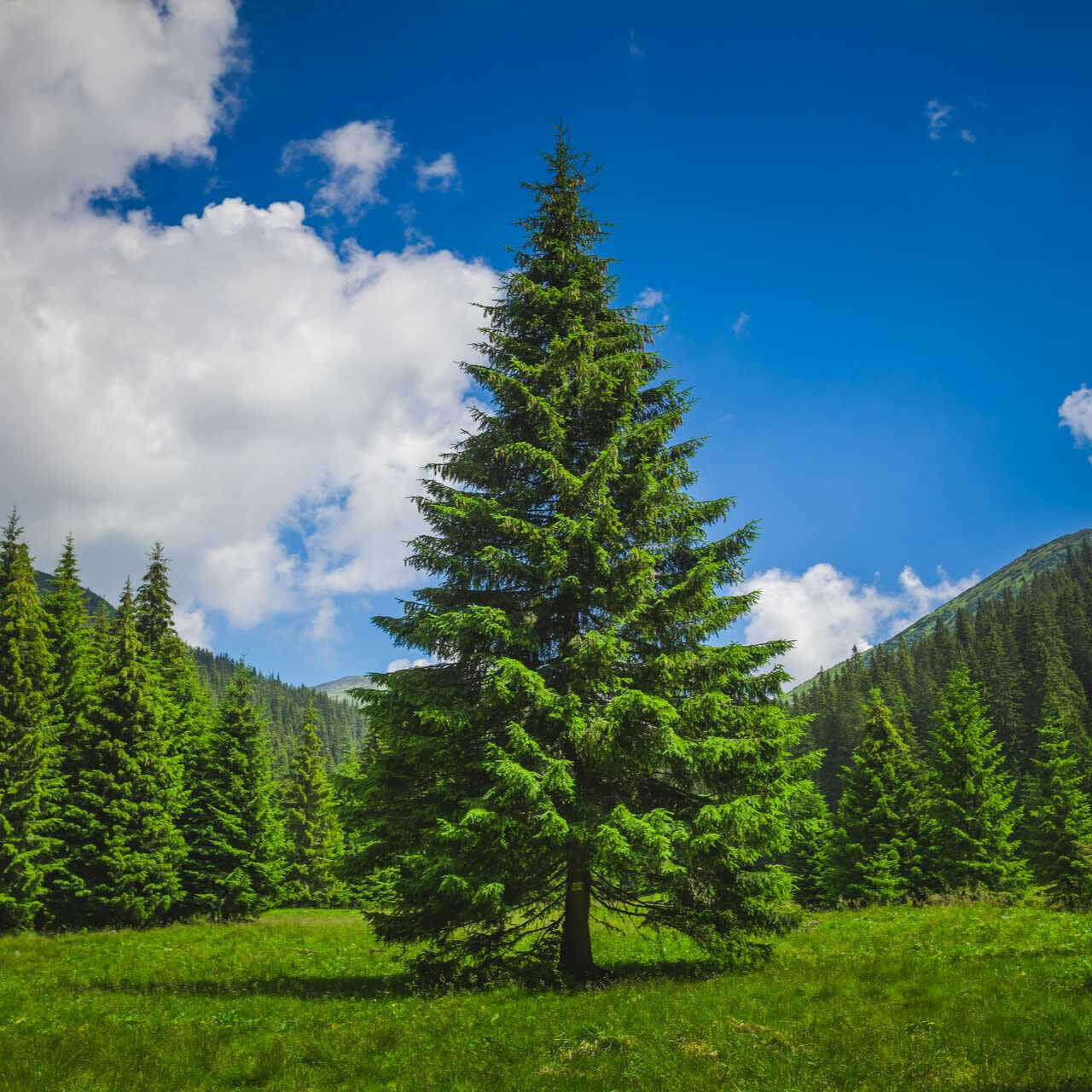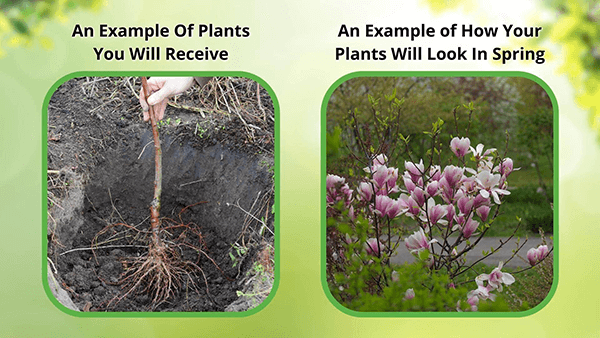Loblolly Pine Trees For Sale
The Loblolly Pine Tree is an evergreen conifer used in paper, wood, flooring, and furniture. The genus Pinus taeda is native to the southern United States and is an evergreen conifer with thin green needles and cones with sharp spines. It's a very popular tree for homeowners because it's used as a living fence tree and is low maintenance, as well as disease—and pest-resistant.
Loblolly Pine Tree Details | Pinus taeda Specs & Growth Guide
Family: Pinaceae
Light Requirement: Full Sun
Water Needs: Moist
Height: 60 – 90 ft.
Spread: 20 – 40 ft.
Growth Rate: Fast
Wildlife Value: Attracts butterflies, birds
Loblolly Pine Tree Landscape Uses
Loblolly Pine Tree is a very fast growing, pyramidal evergreen and conifer in the Pine family. It has thin, dark green needles in groups of three.This evergreen tree can be the focus of your winter garden, native garden, or woodland garden, making a beautiful statement with its green needles. This tree is great for creating a living privacy screen.
It will attract wildlife to your garden, including mammals, birds, and butterflies. Squirrels, other small mammals, and birds will eat the seeds from this tree. This tree is an important nesting site for bald eagles, particularly in the Virginia region, and for Ospreys. It is also super hardy and deer-resistant.
Why Choose Loblolly Pine Trees
The Loblolly Pine Tree hosts the Imperial Moth and the Eastern Pine Elfin Moth. Pollinators are going extinct and TN Nursery has a mission to promote and see native trees like the pinus species to help the environment and save the pollinators.
We create with intention. Our products solve real problems with clean design and honest materials.
Exposure
The Loblolly Pine Tree thrives in full sun, needing at least six hours of natural sunlight daily. It prefers bright, open spaces and well-drained soils, making it ideal for sunny, exposed areas in your landscape.
Height at Maturity
Over 25 Feet
Usage
Evergreen
Shipped As
Bare-root
Ships
UPS
Planting Zones
6-9
How To Grow & Care Tips
How to Grow and Care for Bare Root Trees
Bare root trees are shipped dormant without soil, making them lightweight, cost-effective, and easy to plant during the cool months of early spring or fall. To begin, soak the roots in a bucket of water for 4–6 hours before planting to rehydrate them. Choose a sunny location with well-draining soil and ample space for the tree’s mature size.
Dig a hole twice as wide as the spread of the roots and deep enough to keep the root flare (where the roots begin to spread from the trunk) at or slightly above ground level. Create a small mound of soil in the center of the hole, spread the roots evenly over it, backfill with native soil, and gently tamp down to remove air pockets. Water thoroughly after planting.
Keep the soil consistently moist (not soggy) during the first growing season, and apply mulch around the base—avoiding direct contact with the trunk—to conserve moisture and suppress weeds. Stake the tree if necessary, and prune only to remove dead or damaged branches. With proper care, your bare root tree will establish quickly and grow strong for years to come.



